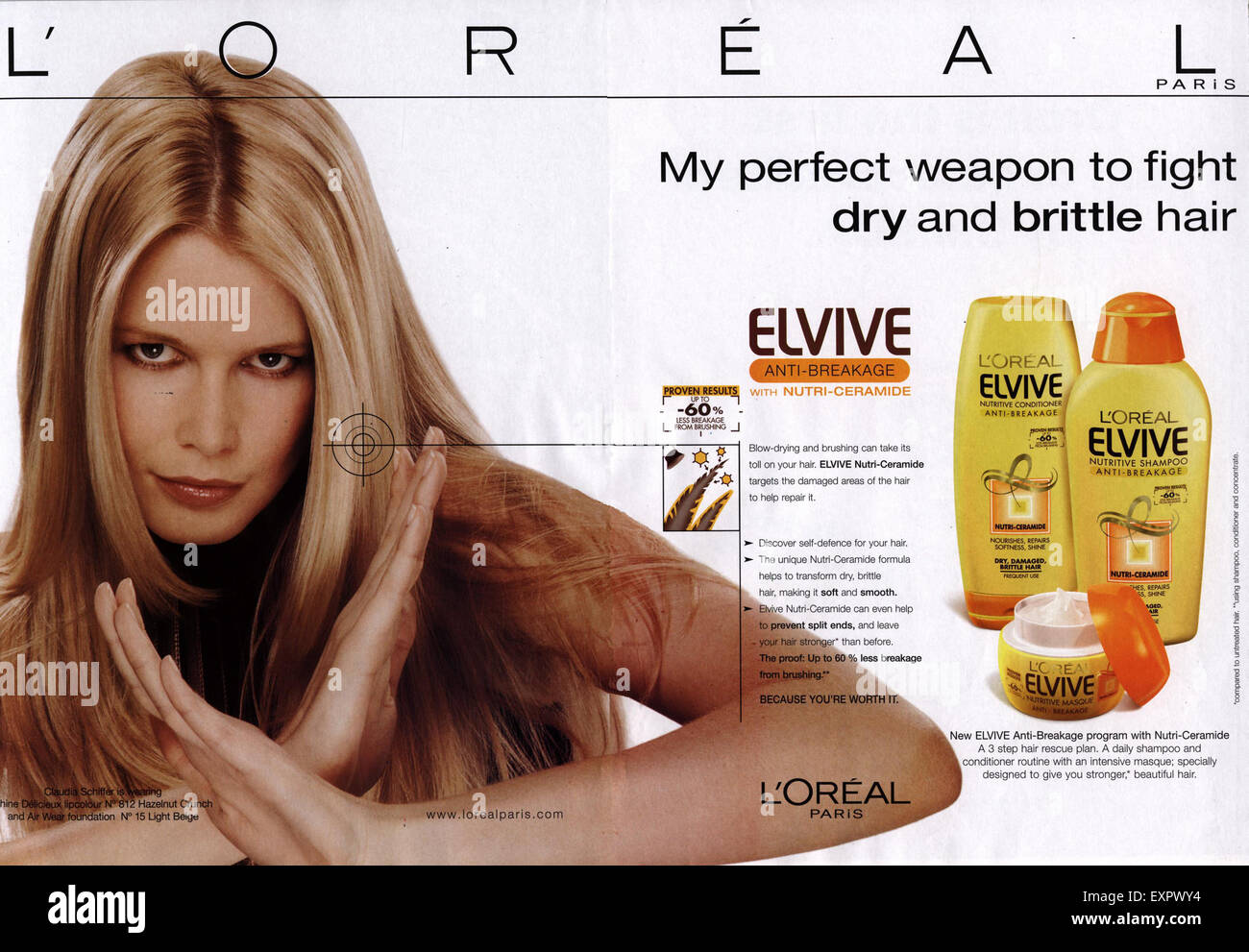In her Ted Talk, Bailey Parnell discusses the effects social media has on mental health, specifically, on a person's social currency. Social currency is something we use to give value, and something that is exhausted when it comes to social media. Parnell explains this phenomenon by describing us, the posters, as the products. The product is given value shown through likes, comments, etc. For example, if I post a photo on Instagram, people show what they think that post is worth through the attention they give through likes and comments. If I do not get enough likes I might take that post down because it does not withhold a lot of worth, the product not selling enough. People are very conscious of what they post, and it is made very clear whether or not others value (like/dislike) it. This is related with an abundance of issues such as anxiety, depression, and self-confidence issues. Many experience seeing others' highlight reel, thinking those whose posts they see are living a better, happier life than them.
Wednesday, November 27, 2019
Social Media and Social Currency
In her Ted Talk, Bailey Parnell discusses the effects social media has on mental health, specifically, on a person's social currency. Social currency is something we use to give value, and something that is exhausted when it comes to social media. Parnell explains this phenomenon by describing us, the posters, as the products. The product is given value shown through likes, comments, etc. For example, if I post a photo on Instagram, people show what they think that post is worth through the attention they give through likes and comments. If I do not get enough likes I might take that post down because it does not withhold a lot of worth, the product not selling enough. People are very conscious of what they post, and it is made very clear whether or not others value (like/dislike) it. This is related with an abundance of issues such as anxiety, depression, and self-confidence issues. Many experience seeing others' highlight reel, thinking those whose posts they see are living a better, happier life than them.
Friday, November 22, 2019
Fear of Everything
 This weeks topic discussed companies using fear to sell their products. Advertisements instill a fear in the consumer that they did not have before, they intensify it, then they suggest their product to avoid that fear from occurring. This L'Oreal commercial presents their "anti-breakage" products to "fight dry an brittle hair". A woman with smooth and shiny hair is pictured, to show what a woman's hair is supposed to look like. This might make the consumer self conscious about their own hair, and nervous about what others will think if theirs is silky.
This weeks topic discussed companies using fear to sell their products. Advertisements instill a fear in the consumer that they did not have before, they intensify it, then they suggest their product to avoid that fear from occurring. This L'Oreal commercial presents their "anti-breakage" products to "fight dry an brittle hair". A woman with smooth and shiny hair is pictured, to show what a woman's hair is supposed to look like. This might make the consumer self conscious about their own hair, and nervous about what others will think if theirs is silky. This second advertisement is for a home security system. It suggests that without home security, a person could break into your home at night without you knowing. In most cases it is probably not likely that a house would get broken into, but the ad makes the viewer nervous that it will happen to them.
This second advertisement is for a home security system. It suggests that without home security, a person could break into your home at night without you knowing. In most cases it is probably not likely that a house would get broken into, but the ad makes the viewer nervous that it will happen to them.Sunday, November 17, 2019
Tattoo Culture
This weeks reading said, "Unfortunately, many individuals who accept the media's positive redefinition of tattoos decide to get tattooed, only to realize that there is still an entrenched social stigma attached to tattoos." It continues to discuss that people with tattoos enjoy when people like their tattoos, but they are embarrassed when people do not react positively. Some people may feel obligated to hide their tattoos for fear of judgement and out casting. Employees may feel the need to wear long sleeves or place their tattoos somewhere that can be hidden in case a client or customer disapproves. Although people are still not entirely comfortable with the tattoo culture, they seem to not see them in a negative light. The reading says, "The tattoo has "undergone dramatic redefinition" (Irwin 50) and has shifted from a form of deviance to an acceptable form of expression- at least as far as the youth are concerned". On the surface, tattoos seem almost completely accepted in the younger generations. Tattoos are glorified in social media and by celebrities. People use them to portray memories, express their self, and more.
Sunday, November 10, 2019
Consuming Kids
The video "Consuming Kids" made many important points about children-aimed marketing. One was that many products are connected to the kids. These items might be toys that the kids are buying themselves, backpacks that parents are buying for the kids, or a car that a parent is buying with the child in mind. Whatever the case may be, kids are often a factor in the choice of which product is chosen.
Another point is that youth marketing surrounds kids. The video mentions that more than 40 million kids go online every day. With an increase in technology, youth are constantly surrounded by advertisements and product messages. Texts, apps, advertisements, games, and more continuously spread product messages.
A third point made by the video is the lack of regulation of these messages. Since the FTC Improvement Act, the situation worsened. After regulation was denied, the new top ten selling toys were based on shows. With this came themed snacks, toys, clothes, bedspread, cups, and more. Some argue that these children are not able to think critically enough to understand the effect this is having. The video mentions that this effects the youth's "touchstones", making them feeling emotionally attached to products.
Another point is that youth marketing surrounds kids. The video mentions that more than 40 million kids go online every day. With an increase in technology, youth are constantly surrounded by advertisements and product messages. Texts, apps, advertisements, games, and more continuously spread product messages.
A third point made by the video is the lack of regulation of these messages. Since the FTC Improvement Act, the situation worsened. After regulation was denied, the new top ten selling toys were based on shows. With this came themed snacks, toys, clothes, bedspread, cups, and more. Some argue that these children are not able to think critically enough to understand the effect this is having. The video mentions that this effects the youth's "touchstones", making them feeling emotionally attached to products.
Sunday, November 3, 2019
Why We Play/ Gaming Can Make a Better World
Two topics discussed in "Why We Play" that stuck out to me were stress relief and personal empowerment. In this story, games are said to relieve stress because the player is not focusing on it. This also works because people have a more positive attitude. Stress relief is portrayed in "Gaming Can Make a Better World" when McGonigal describes how gaming allows players to "escape real world suffering". Gaming rids of negative feelings, and produces optimism and happiness. Personal empowerment is described in the reading as a feeling of control over a person's own world. According to the reading, this feeling can transfer over from fantasy world to real life. Examples of this in the video were included when McGonigal discussed changing the world. Gamers often believe they can change their fantasy world, and she is hopeful that that belief will transfer to the real world. She also mentions "epic wins", in which the player finds out what they are capable of, which would increase confidence.
Subscribe to:
Comments (Atom)